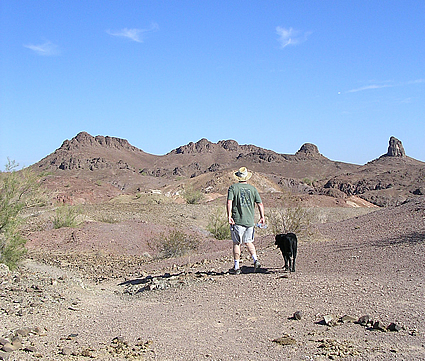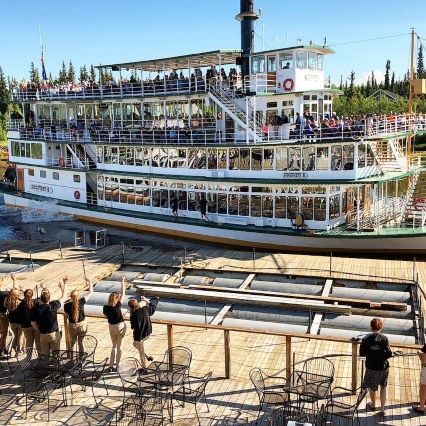A gateway to the desert
Yuma has a convenient and central location for outdoor explorers

Yuma is the perfect place to see a quality community and a landscape that tells a story of its own. Situated within the Colorado River delta, Yuma has a rich agricultural industry that was fostered by the area’s geology.
“The rock material that was eroded by the river to form the Grand Canyon ended up here, creating the rich alluvial soils,” said Ann Walker of the Yuma Visitors Bureau. “In areas around Yuma, the river silt can be hundreds of feet deep.”
The unpredictable nature of the Colorado River made it difficult to cross before dams were built. However, there was one area where the channel narrowed, and this became known as the Yuma Crossing. The crossing is still in use today, only now it takes the form of an interstate highway.
Yuma is more than just agricultural land and a river crossing. It is also the site of attractions centred around noteworthy desert features.
“There are volcanic features all around us,” said Walker. “The iconic shape of Castle Dome Mountain results (from) the harder plug from (volcanic vents) resisting erosion while the rock around them disappeared.”
Twenty miles (32 kilometres) to the west of Yuma are the Imperial Sand Dunes. These massive sand formations create tremendous opportunities for off-road vehicle racing and other outdoor recreation. If you are interested in visiting the dunes, a fee or permit may be required. Contact the Bureau of Land Management’s El Centro Field Office at 1-800-832-7664.






